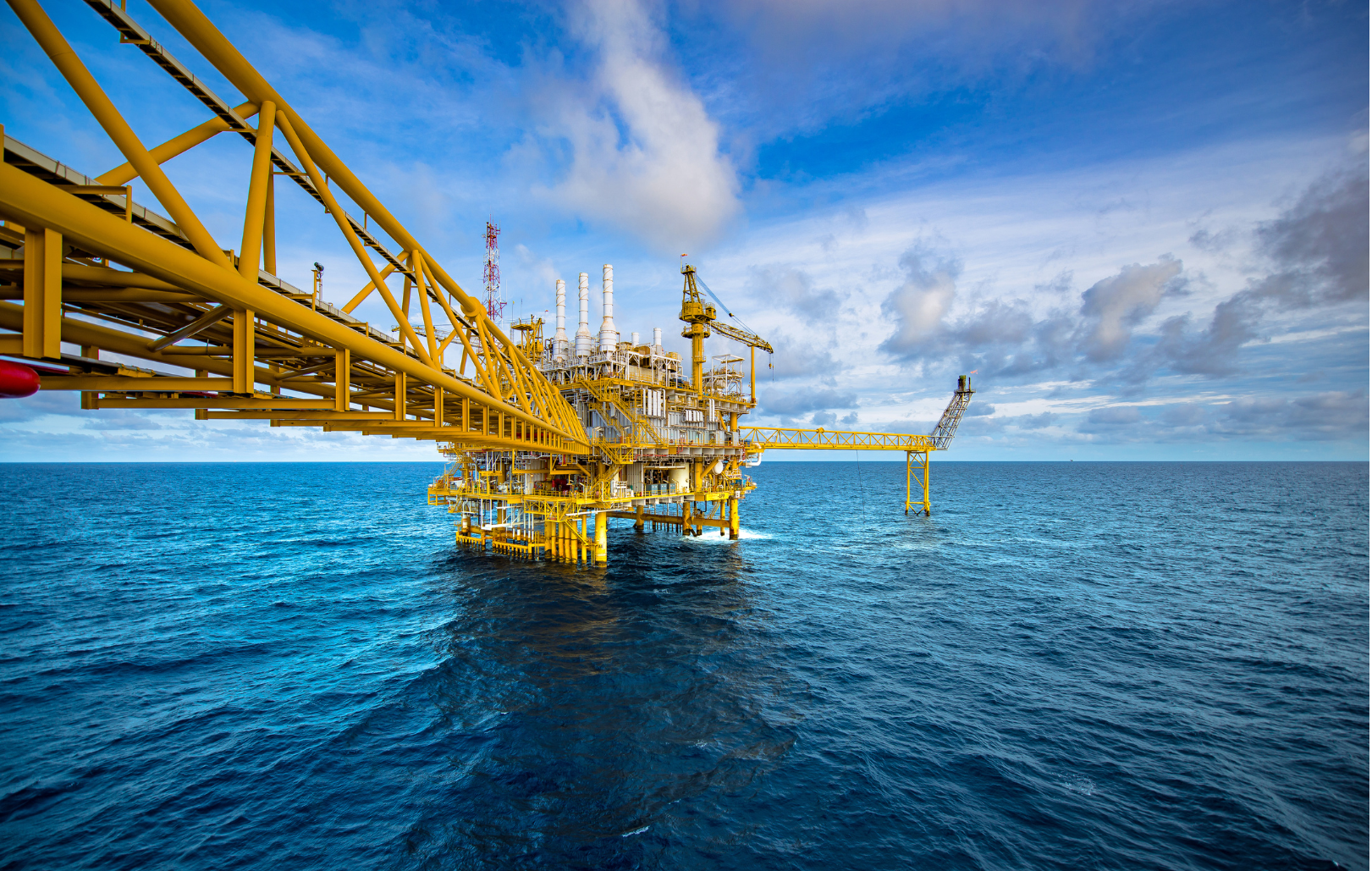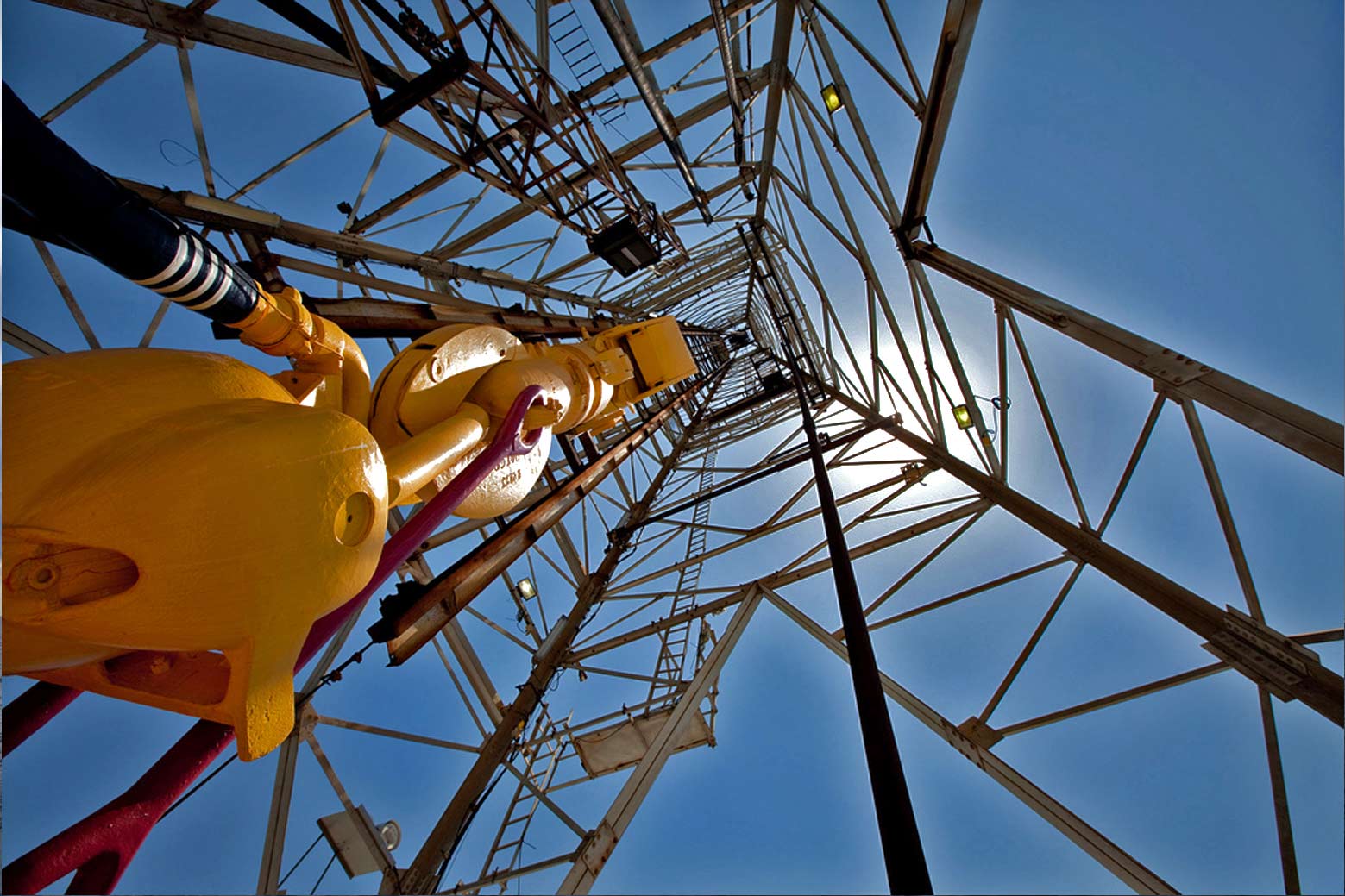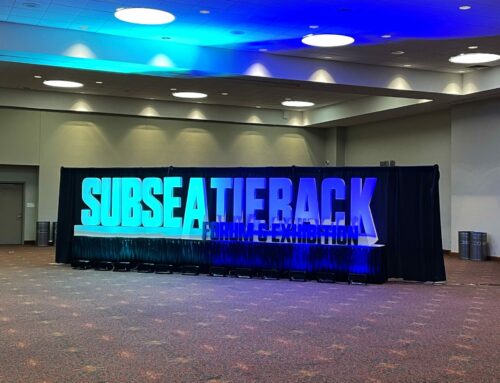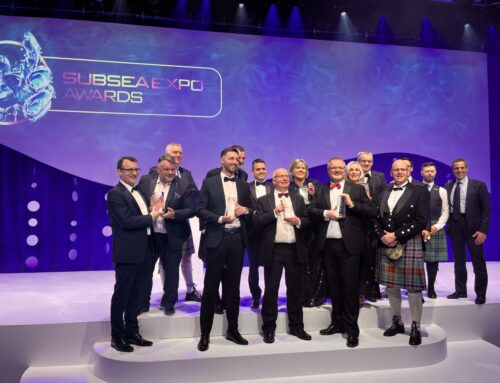Subsea Power Monitoring Innovation Key to Lowering Offshore Costs in the Gulf of Mexico
October 9, 2023
Asset owners and operators have always looked to manage costs in offshore operations, but since the price of crude plummeted in 2015, reducing CapEx and OpEx – without cutting corners on safety – became a matter of survival. And it was innovative technology solutions that came to the rescue.
This is according to Houston-based Jamie Carrig, newly appointed President of Viper Innovations Inc., the first of Viper Innovations’ subsidiaries outside of the UK. Having been at the heart of the Gulf of Mexico’s (GOM) activities since 2015 in his previous role, Jamie has experienced some of these technologies first-hand.
“It’s a simple equation. When the price of crude falls, many projects are no longer viable. The supply chain has responded with transformative technology that’s had a massive impact,” he explains. “The new technology, or it could be existing technology gaining greater penetration, balances that equation by introducing efficiencies, boosting productivity or lowering costs.”
Why a continued focus on cost reduction when oil prices have soared?
With the exception of the huge pandemic-induced fall in the Spring of 2020, the price of oil per barrel has risen from a $28 low in late 2015/early 2016 to hovering around $80 per barrel in late 2022 and an average of $75 during 2023 so far. Jamie continues: “Even though the price of crude has recovered, the reasons for a focus on cost reduction go beyond a simple desire to optimise profitability. Although that’s important, of course. Profits mean sustained investment which in turn fuels continuing global growth in energy supply to meet growing demand.”
An increasing number of new projects on the outer continental shelf (OCS) of the GOM are in deeper water. This usually means more challenging operating conditions, more complex and resilient subsea infrastructure, and therefore higher costs. In addition, there are a growing number of high pressure and/or high temperature (HPHT) projects at different stages of development. Onshore wellheads and shallow water platforms with dry tree systems use well-established technology to manage HPHT and have mature regulatory frameworks. Deep water subsea HPHT production is happening but is relatively new, both in terms of technology and regulation, and is currently higher cost.
Regulatory burdens and environmental legislation in the region have not significantly increased since 2015 – the last major overhaul was in 2014 post Deepwater Horizon – however there is an ongoing and constant rise in compliance costs.
How is innovation reducing subsea costs in the GOM?
Currently, there is a focus on getting new production wells onstream via tiebacks to the existing infrastructure. In turn, this means the focus is on subsea infrastructure. So, when operators are looking to save costs, they are looking at subsea technologies.
This is where Jamie, an electrical and communications engineer by background who worked in subsea electrical distribution and asset integrity and the wider marine industry gets excited: “Since 2015, innovations have snowballed. Standardisation and automation have helped to streamline the supply chain, while step change reductions of both the size and weight of subsea trees have helped to take cost out of new fields and tie backs. From an operations perspective, there have been many improvements. Robotics and autonomous systems are driving efficiencies in inspection, maintenance and repair (IMR) and our Insulation Resistance (IR) monitoring and recovery technology can help here too.”
These are just few areas of offshore oil and gas field innovation launched in the last 5 or 6 years that have ultimately reduced production costs per barrel. There are dozens more.
V-LIFE IR recovery technology – a gamechanger for GOM operators?
Based out of Houston, Jamie’s primary role in US operations and the GOM is to introduce more operators and OEMs to Viper Innovation’s subsea insulation resistance solutions for control and power cables and expand the current customer base. He is following a model applied successfully by Viper Innovations across many oil and gas regions globally.
Does he believe that Viper Innovations’ solutions have a role to play in reducing costs per barrel in the GOM, like the other technologies he highlights?
“Absolutely. Our solutions are key technologies that enable operators to reduce the costs of operations, and they are already having a huge impact.” “We’ve just published a case study about one successful deployment that’s prevented a communication loss in a critical subsea control system.”
“If an operator has an IR issue, production could be lost. Before it is lost there’s traditionally three options: a subsea intervention to find the issue, which is costly and time consuming. Replacing the hardware, which could be an entire umbilical, meaning the system is out for as much as one to three years while the replacement is manufactured. Or maybe let the channel die if the wells are not that economically viable.”
According to Jamie, a deployment of Viper Innovations’ electrical line integrity monitoring solution, V-LIM, enables the deployment of V-LIFE, which is a genuine gamechanger. In the GOM deployment case study we’ve published, activating V-LIFE generated a 100-fold IR increase on the same day, as the initial 460kΩ reading rose to 43.8MΩ within hours. Within a week this doubled again, and the operator now integrates the solution into its asset management strategy. No intervention was needed.
“I chose to join the Viper Innovations team because it has unique technology. This technology, V-LIFE, provides a preventative and active ‘healing’ solution for low IR caused by water ingress. It can recover IR with none of the expensive and production halting interventions I’ve outlined.”
The hardware part of the solution, V-LIM, is installed on the topside so requires no subsea intervention. V-LIFE can be enabled to heal the low IR via a simple configuration file being applied. V-LIFE is a dry installation and is activated in response to falling IR. Working in tandem, V-LIM and V-LIFE can actively heal control and power cable damage without downtime and the resulting loss of production.
“With our permanent local presence in the GOM, we can support operators and OEMs with the options they have to tackle IR challenges that don’t involve expensive interventions, production downtime and millions of barrels, and dollars, in lost production.”





